Fishing is one of the most popular outdoor activities in North America. It’s a great way to relax, enjoy nature, and (hopefully) catch some dinner.
But with over 3 million lakes in North America, it can be tough to decide where to drop your line. To help you out, we’ve compiled a list of the ten best lakes for fishing in North America. So grab your pole and tackle box, and let’s go fishing!
Best Fishing Lakes in North America
1. Lake Erie
Fishing in North America’s Great Lakes region is a beloved pastime for many. Of the five great lakes, Lake Erie is one of the most popular fishing destinations. Located on the United States and Canada border, Lake Erie spans 241 miles long and 57 miles wide, making it the fourth-largest lake in North America. Its relatively shallow water makes it an excellent spot for various fish, including walleye, lake trout, smallmouth bass, steelhead, largemouth Bass, king salmon, and the endangered sturgeon. The best fishing spots on Lake Erie are in the weed beds, trees, bushes, rocks, and shoreline. The best time to fish is early morning; many bait stores and fishing supplies are around the lake.
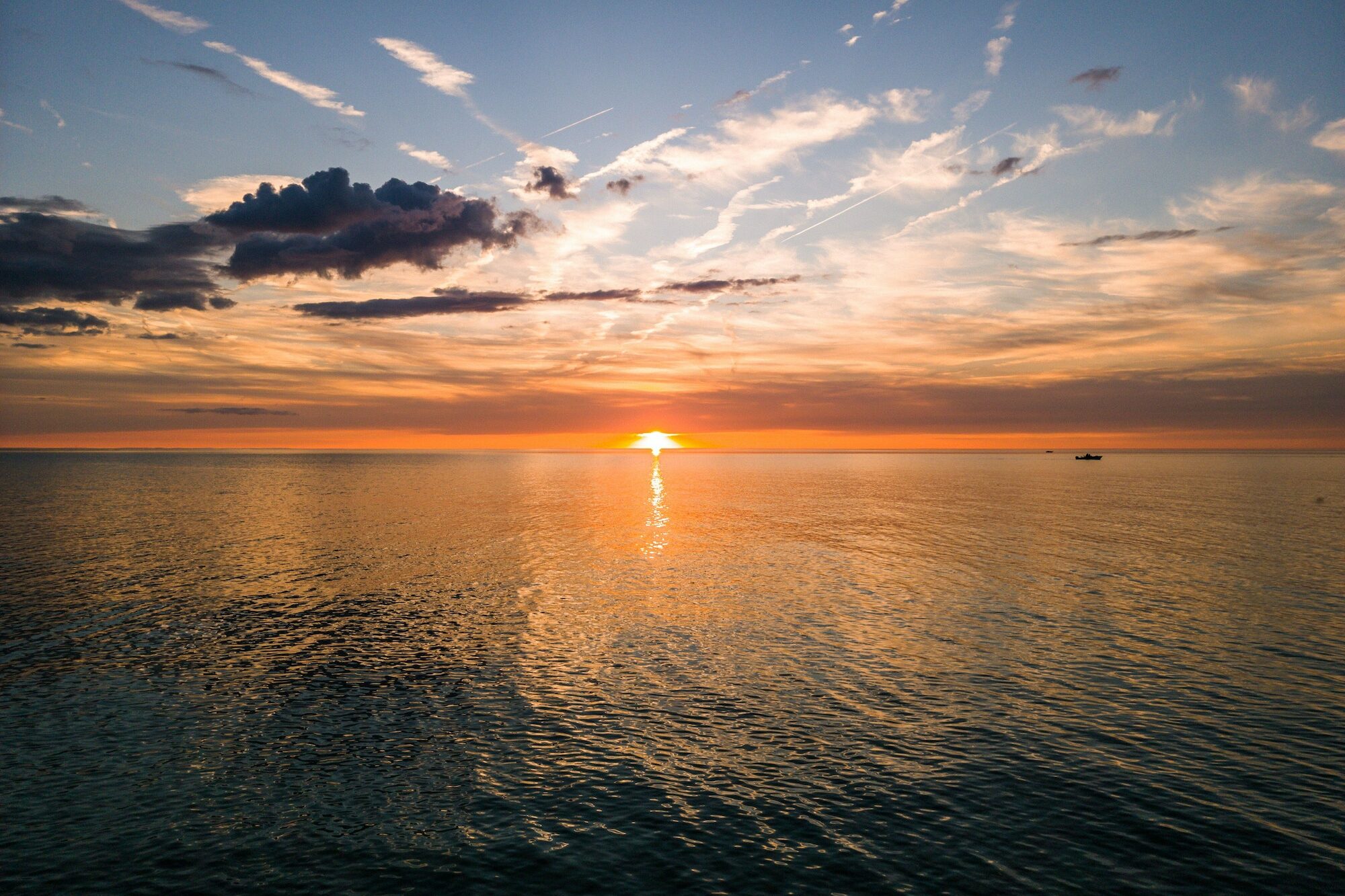
2. Lake Superior
Lake Superior is the largest lake in the world by surface area, representing 10% of the Earth’s surface freshwater. Located in Minnesota, Wisconsin, and the Upper Peninsula of Michigan, it has a depth of 1,333ft and is home to more than 80 species of fish, including bloater, killifish, lake trout, lake whitefish, smallmouth bass, northern pike, lake sturgeon, Atlantic salmon, carp, rainbow trout, chinook salmon, and brown Trout. Numerous fishing spots are available on the lake’s shoreline, with some spots better for certain types of fish. Fishing on Lake Superior is a great experience; many charter fishing companies offer services on this lake.
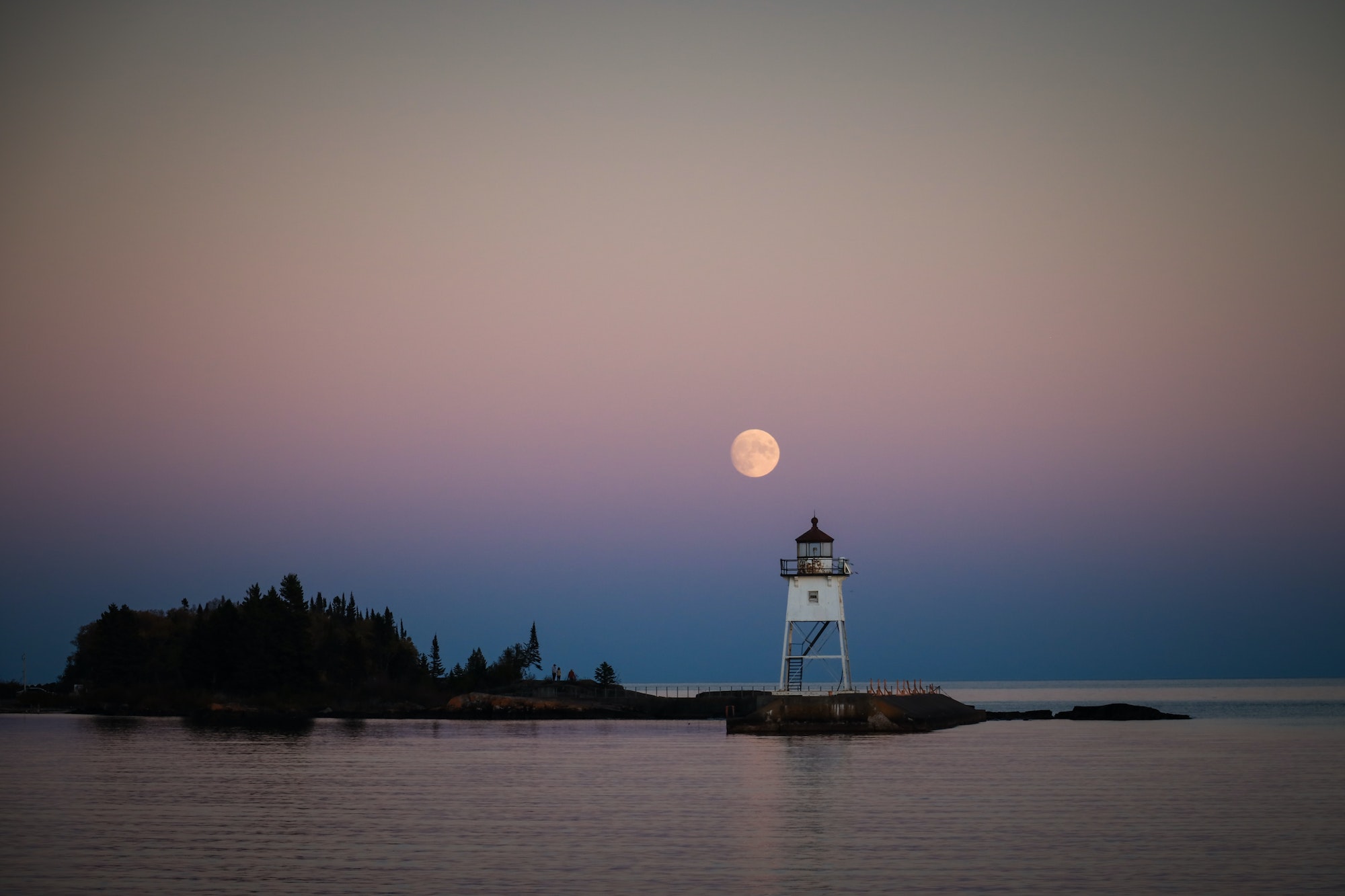
3. Lake Michigan
Lake Michigan is an excellent destination for fishing enthusiasts, offering various fish species. Anglers can find steelhead trout, salmon, lake trout, yellow perch, largemouth Bass, smallmouth bass, and catfish, among other species. Many tournaments take place on the lake. The Brew City Salmon Tournament is a popular event held on the lake’s western shore.
Visitors can find several cities, thousands of beaches, and national parks along the lake’s shoreline, such as the Hiawatha National Forest, Manistee National Forest, Nordhouse Dunes Wilderness, and Michigan Islands National Wildlife Refuge. All these locations offer excellent fishing spots for anglers.
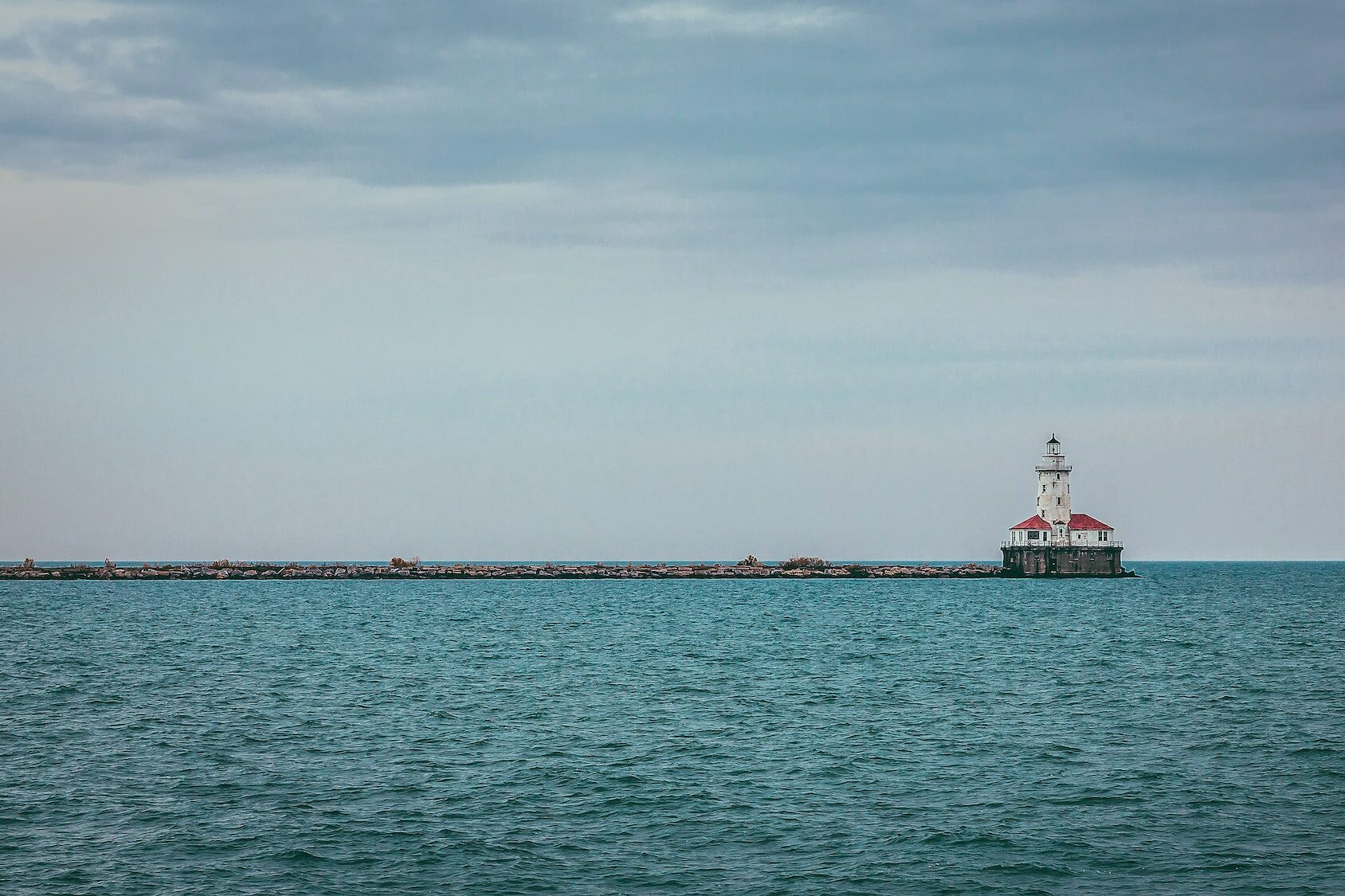
4. Lake Sakakawea
Lake Sakakawea, located in North Dakota, is the third largest man-made reservoir in the United States. It is known for its abundant fish population, which includes northern pike. Fishing at this lake has been improved in recent years due to increased water levels, a prime habitat for fish, and an abundant forage base of smelt. This has created a top-shelf northern pike fishery and other species, such as smallmouth and largemouth Bass, muskie, jumbo perch, and tullibee. During winter, when the lake freezes, the ice is thick enough for safe fishing, and many people target walleye and northern pike. With its large size and abundant fish population, Lake Sakakawea is an excellent destination for fishing enthusiasts.
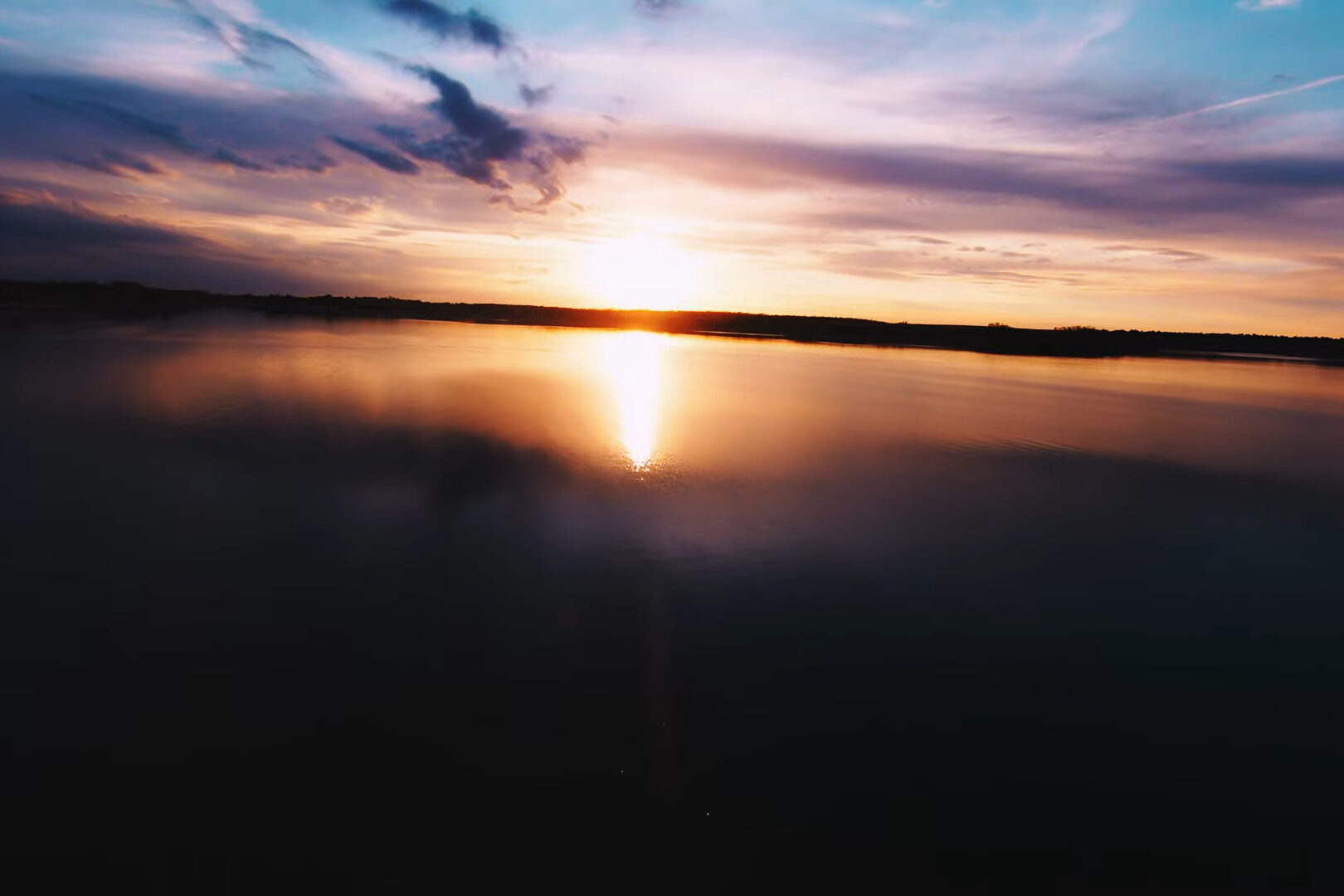
5. Clear Lake
Clear Lake is California’s largest natural freshwater lake and is estimated to be 2.5 million years old. It is located in Lake County, California, and is home to over 100 miles of shoreline. Clear Lake is renowned for its excellent fishing potential and is known to be a great spot for largemouth Bass, bluegill, crappie, carp, and catfish. Fishing at Clear Lake is an exciting experience, with various techniques such as slip bobber fishing, open water roaming fish, and fishing shallow covers like weed lines, brush piles, and docks. Anglers also have the potential to catch record black crappie, as the state record for black crappie was recently broken in February 2021. Fishing at Clear Lake is an excellent activity for the whole family, and anglers must buy a fishing license from California’s fish and wildlife department.
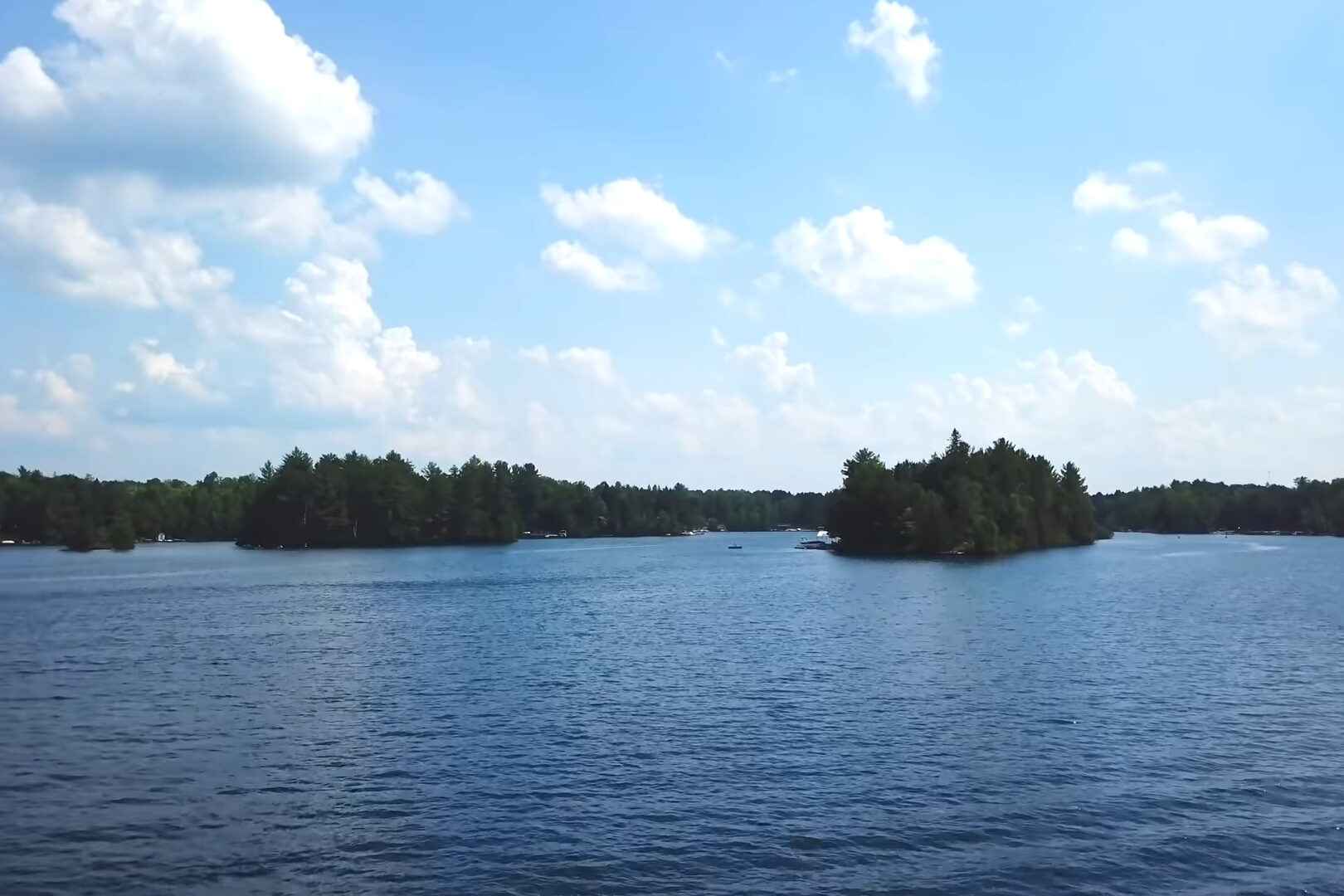
6. Great Bear Lake
Great Bear Lake is a 420-square-mile lake located in Detroit, bordering Lake Huron and Lake Erie. It is the second-largest lake in the Great Lakes and is renowned for its thriving supply of game fish, making it a popular spot for sport fishing. It is home to walleye, perch, crappie, and smallmouth bass and is perfect for family fun with its relatively shallow average depth and multiple swimming spots.
At Great Bear Lake, anglers can enjoy various fishing opportunities. In the summer, Trout, yellow perch, and chubs can be found in the lake. The lake freezes in the winter, and anglers can look forward to ice fishing for trophy rainbow trout, Bass, crappie, bluegill, and bullheads. This freshwater lake is also an excellent destination for those wanting to experience nature, with dozens of sandy beaches and 160 miles of shoreline.

7. Lake Winnipeg
Lake Winnipeg is one of the world’s largest freshwater lakes, located in Manitoba, Canada. It spans over 250 miles from north to south and is home to greenback walleye, weighing up to 10 pounds. Fishing on Lake Winnipeg can be incredibly rewarding; anglers can catch walleye, northern pike, Chinook salmon, and jumbo perch, among other species. Ice fishing is popular here in the winter, and many fishing resorts are located nearby for convenience. With its abundance of fish, Lake Winnipeg is a top spot for fishing and is a must-visit for winter anglers.
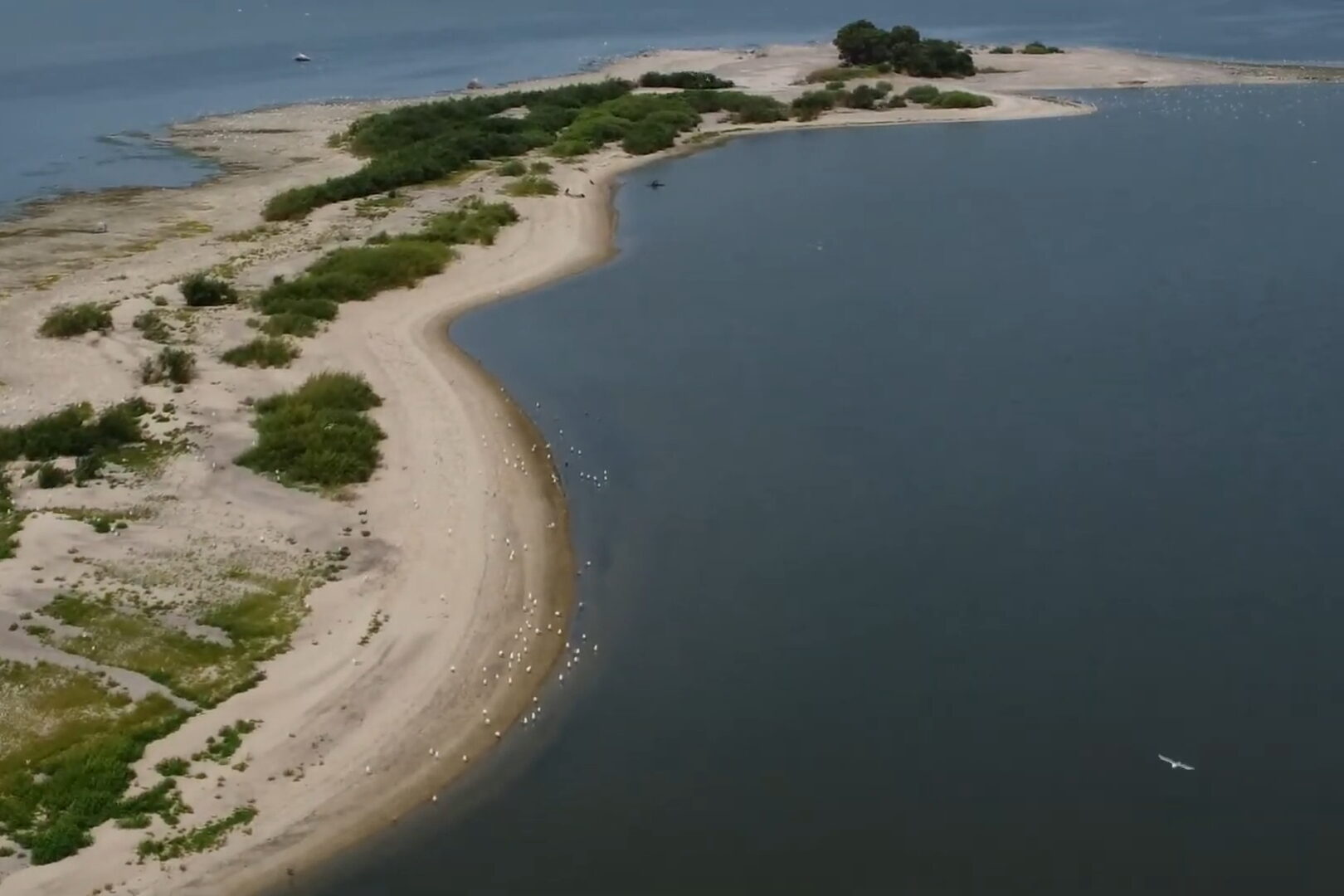
8. Lake Okeechobee
Lake Okeechobee is a vast freshwater lake located in southeastern Florida. It covers over 700 square miles, making it the largest freshwater lake in Florida. The name comes from the indigenous words “oki” and “chobi” which mean “Big Water.” It is a popular fishing lake for anglers seeking Bass, crappie, bream, and bluegill. Bag limits are restricted to 5 bass and 20 crappies per day.
At Lake Okeechobee, anglers can expect to find more than 40 native fish species and some introduced species. The most popular species is largemouth Bass, which is why many visitors come to the lake. Other fish species caught there include bluegill, catfish, bowfin, black crappie, and pickerel. Anglers can either fish from the shore or opt to rent a boat. Fishing is best done in the morning or late afternoon when the sun is lower in the sky. It is also essential to be aware of the alligators which inhabit the lake.
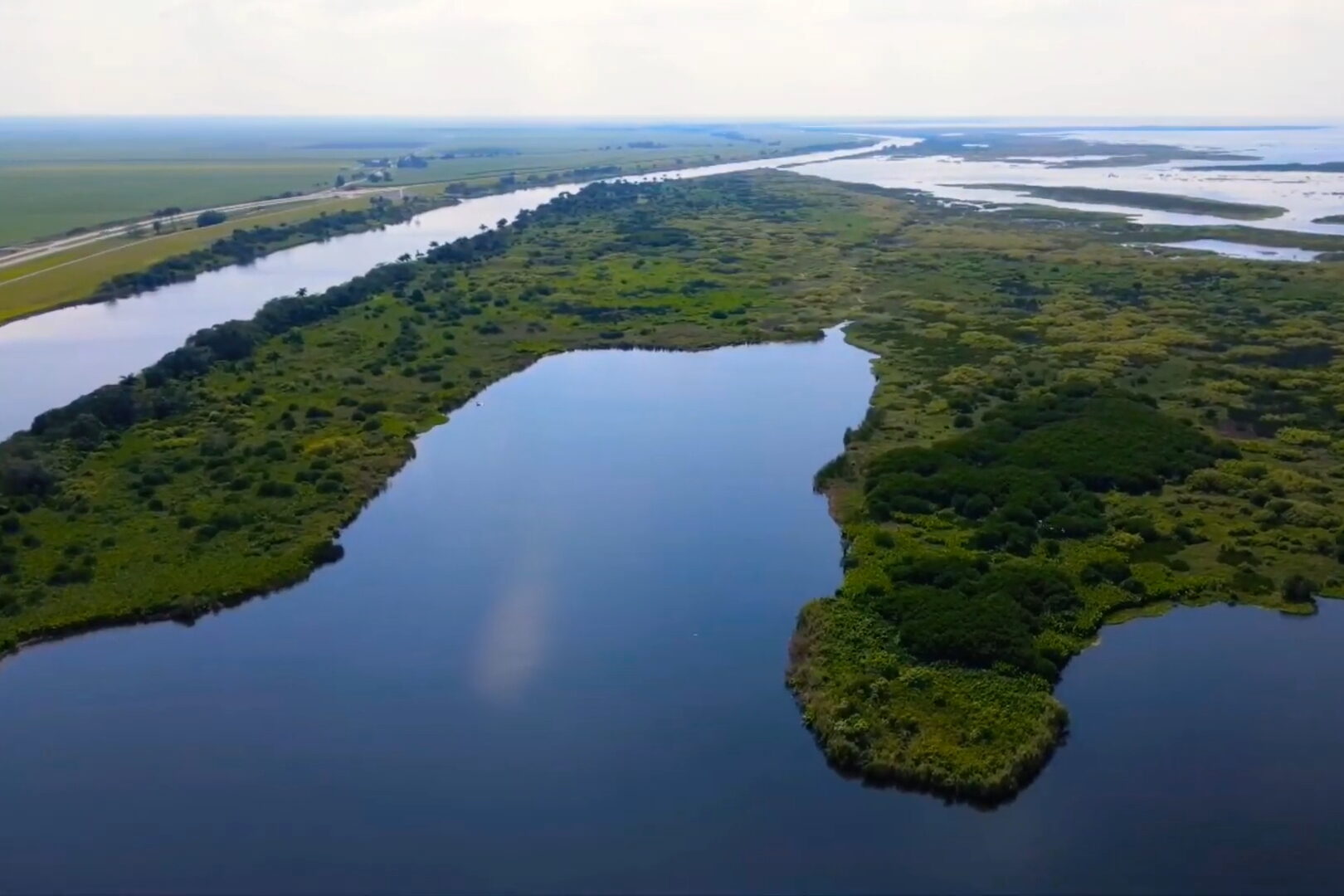
9. Great Slave Lake
The fishing opportunities at Great Slave Lake, North America, are some of the best in the world. Anglers can enjoy the lake’s expansive waters, which boast a wide variety of fish. Species like walleye, lake trout, northern pike, yellow perch, and cisco can all be found there. In addition, more than 20 species of freshwater fish are also found in the lake, including whitefish, burbot, lake whitefish, mooneye, and longnose sucker. The lake’s clear waters provide an excellent opportunity for anglers to catch larger fish and smaller species. Anglers can also take advantage of the tremendous ice-fishing opportunities on the lake to find walleye, lake trout, and northern pike.
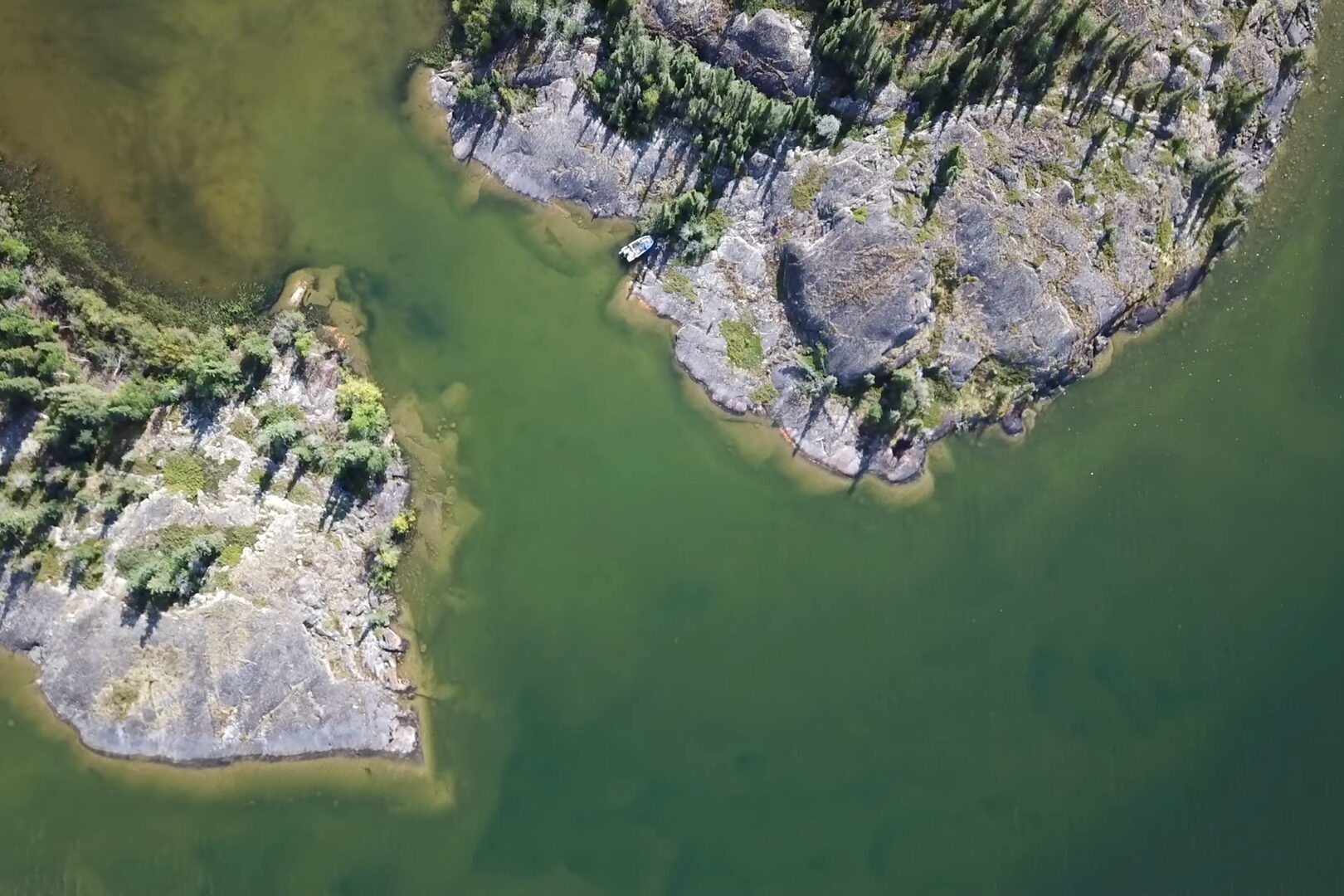
10. Lake Ontario
Lake Ontario is one of the five Great Lakes on the border of Canada and the US. It is the smallest of the five and is the most shallow, making it warm up more quickly and freeze over more quickly in the winter. It is an excellent spot for fishing, with its large population of Bass, salmon, walleye, northern pike, muskellunge, perch, carp, pike, and rainbow trout. During the summer months, it is a popular spot for guided tours, giving even the novice angler a chance to reel in some great catches. In the winter, it is a popular spot for ice fishing, with the ability to catch a variety of fish such as pike, sauger, walleye, whitefish, Bass, muskie, jumbo perch, and crappie.
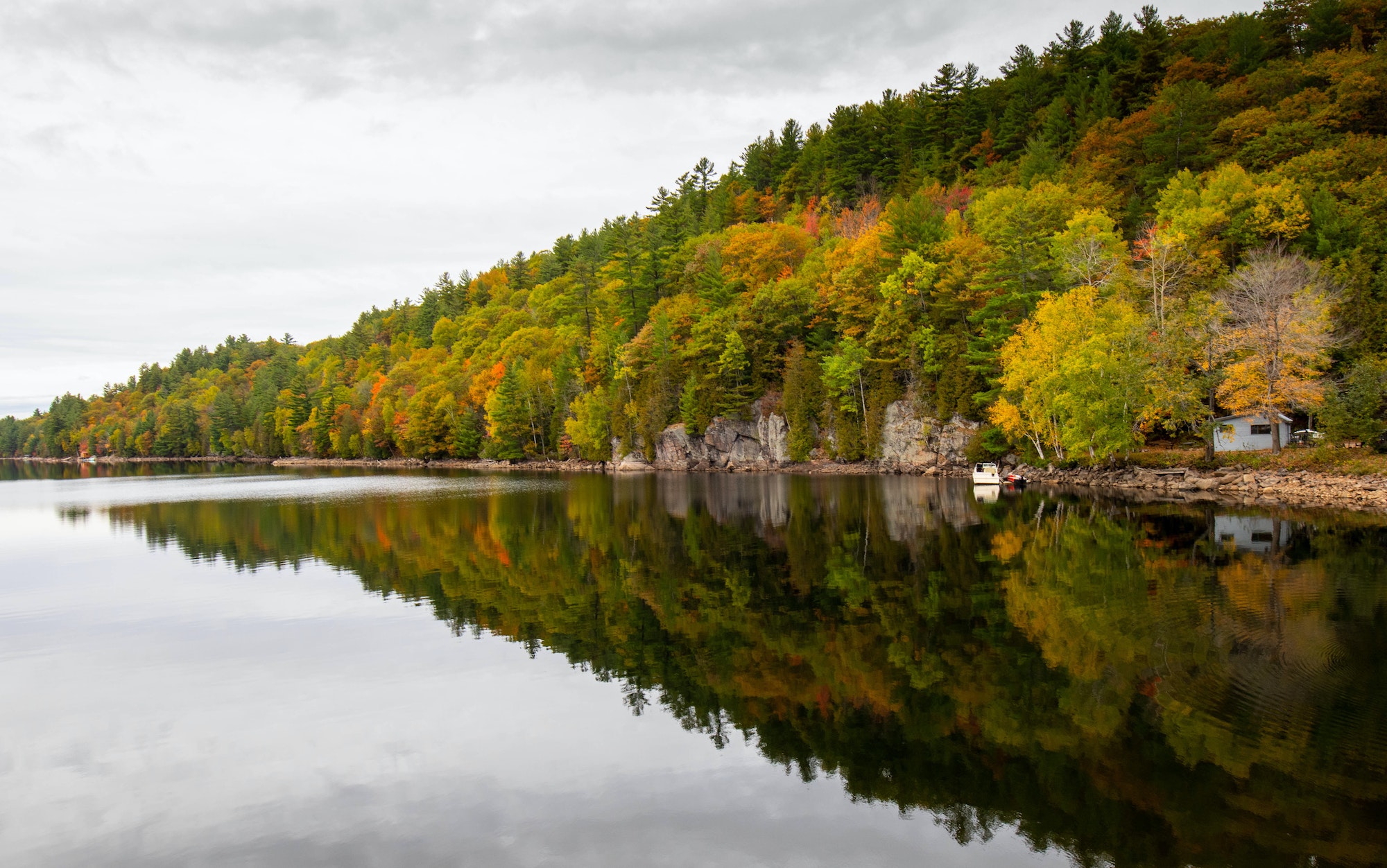
Tips for getting the most out of your visit to a lake to fish
• Research the lake before you visit and plan your trip accordingly. Start by studying satellite imagery of the lake provided by Google Maps or other online services. Zoom in or out until the scale in the bottom left corner of the map reads 1 inch equals 500 feet, and drag the map around to look for water.
• Research local regulations and restrictions. Some lakes may have a limited swimming policy or be posted, so look before you go.
• Research the lake’s natural environment. Understand the type of fish that live in the lake and what type of habitat they prefer. Also, research the lake’s depth and temperature to ensure optimal fishing conditions.
• Research types of bait and lures that work best in the lake. Try to understand what local anglers have found to be successful in the lake before you go.
• Pack the necessary supplies. Be sure to bring the appropriate gear, such as rods, reels, lures, bait, and other items depending on your target fish.
• Research boat and water sports equipment rentals if necessary. Some lakes may require special transportation to get there, so ensure you plan this. You may also need to reserve boat and water sports equipment in advance, especially during peak times.
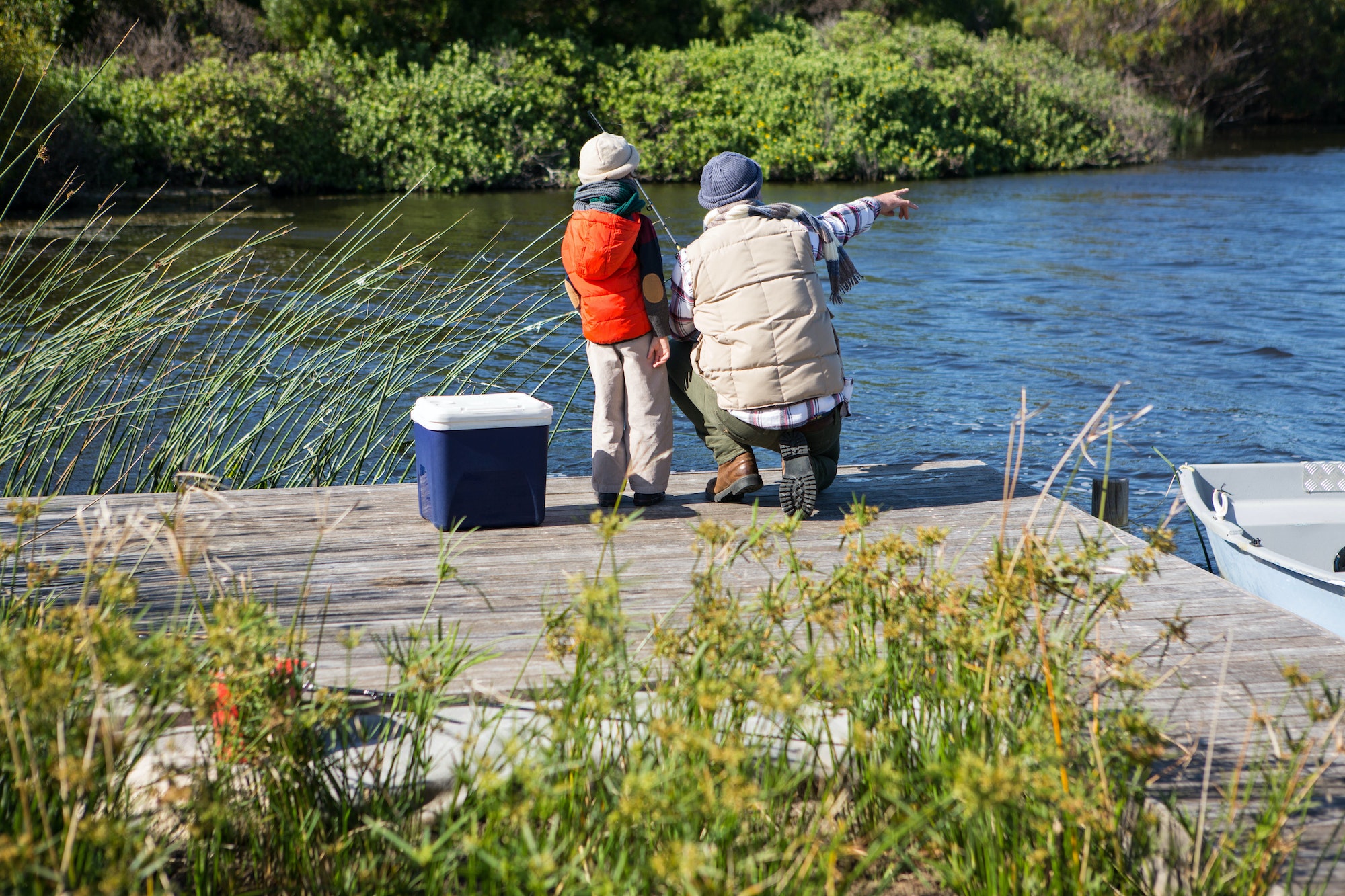
FAQ
What type of fish can be found in North American lakes?
North American lakes are home to various fish, such as native lake game fish such as Black Bass, sunfish, walleye, crappie, muskie, catfish, Northern pike, white Bass, yellow perch, and certain Trout. Additionally, non-game fish like gar, drum, and carp can also be found. Like saltwater striped bass, other lake fish have been stocked in lakes and thrive in these waters.
Fish species such as Lake and Brown Trout, Chinook Salmon, Walleye, Smallmouth and Largemouth Bass, and Yellow Perch can be found in the Great Lakes. The conservation authorities have added certain fish, such as Walleye and Steelhead, to boost the fish population and prevent sea lampreys from depleting trout numbers.
Are these lakes suitable for both novice and experienced anglers?
North America offers many popular fishing locations. The USA is blessed with an abundance of wonderful bodies of water where anglers can find a variety of fish, such as Largemouth Bass, Catfish, crappies, and White Bass. Yes, these lakes are suitable for both novice and experienced anglers. Various varieties of fish occur naturally in the natural lakes or have been introduced into the reservoirs for anglers’ fishing pleasure.
What kind of equipment do I need to fish at these lakes?
If you plan to fish at these lakes, you will need different kinds of equipment depending on the type of fish you are targeting. Generally, you will need a fishing rod, reel, tackle, bait, and lures. When it comes to largemouth Bass, a crankbait or a popper is ideal. For crappies, you will need jigs and minnows. Catfish usually require a rod with a medium action and bait such as worms, shrimp, or chicken livers. To catch Trout, you will need a spinning rod and flies. Depending on the season, you may also require waders and a boat. Lastly, a valid fishing license is a must.
What is the best time of year to fish at these lakes?
The best time of year to fish at these lakes depends on the type of fish you are trying to catch. The best times for largemouth Bass are spring, fall, and winter. Crappies are abundant during the winter months near the dam and during spring near bridges and standing timber. Catfish can usually be found in side channels and creeks. White Bass, redear, and bluegill sunfish can be abundant all year round, but the colder months are usually the best times for increased activity. During summer, anglers should focus on the deeper parts of the lake to cope with the sun.
Are there any amenities or services available at or near these lakes?
It depends on the lake you choose. Some lakes may offer camping, fishing, boating, swimming, and other outdoor activities, while others may have amenities such as resorts, trails, or picnic areas. It is important to research the lake you are interested in to determine the available services and amenities.

